Suha-dong Gran Seoul (수하동 그랑서울)
823.8M 62 2021-03-29
33, Jong-ro, Jongno-gu, Seoul
+82-2-2158-7958
A gomtang (beef-bone soup) specialty store that uses only Korean beef. The best menu at this restaurant is beef bone soup. This Korean dishes restaurant is located in Jongno-gu, Seoul.
Koreana Hotel (코리아나 호텔)
826.3M 33484 2021-06-21
135, Sejong-daero, Jung-gu, Seoul
+82-2-2171-7000
Koreana Hotel has been one of the top notch traveler's picks for more than 30 years, having the business motto 'comfort for our customers.'
The hotel is located at the Gwanghwamun fourway intersection, at the heart of Seoul, and provides 345 guest rooms. Amongst its dining facilities, the hotel boasts a Korean restaurant, Chinese restaurant, Japanese restaurant, and a Western restaurant, as well as a bar, coffee shops, and bakery. Eight banquet halls and a sauna are also available.
The hotel has operated as the main press center restaurant for the 1988 Seoul Olympics, and subsequently operated as the Olympic Village Restaurant for the Special Olympics. As a result of their successful operations, the hotel received lavish praise from the organizers, as well as from the players and staff for the high quality food and spectacular service.
Danube (다뉴브)
826.7M 8594 2020-02-07
135, Sejong-daero, Jung-gu, Seoul
+82-2-2171-7830
Danube is a Western restaurant located within Koreana Hotel overlooking Seoul Plaza and Cheonggyecheon Stream. The restaurant serves a breakfast buffet, and steak and seafood dishes at dinner time. Diners can also choose from a large selection of high-quality wines and whiskeys from around the world.
Great Shanghai (대상해)
826.7M 6122 2020-02-07
135, Sejong-daero, Jung-gu, Seoul
+82-2-2171-7869
Great Shanghai is a Chinese restaurant serving deliciously genuine Sichuan and Beijing-style cuisine, located within the Koreana Hotel. Their specialty is shark's fin, directly imported from Sanji, and prepared by the head chef who has over 30 years of experience. Aside from shark's fin, the healthy buldojang, mapadubu and ddanddanmyeon are also top menus. Great Shanghai is decorated with high-quality interior design, and features rooms of various sizes for groups and business dinners.
Cafe Orange (까페오렌지)
829.3M 192 2021-03-19
96, Supyo-ro, Jongno-gu, Seoul
+82-2-2279-1220
A restaurant located near Tapgol Park. The best menu at this restaurant is coffee. This is a cafe located in Jongno, Seoul.
Hemlagat (헴라갓)
832.9M 5305 2019-09-24
35, Sogong-ro 3-gil, Jung-gu, Seoul
+82-2-318-3335
Hemlagat, which literally means "home cooked" in Swedish, serves
homestyle foods. The dishes made with traditional
Swedish recipes passed down from the owner's grandmother.
Located close to Hoehyeon Station, Hemlagat is a good place to experience a little bit of Scandinavian culture as well. As it is a Swedish tavern ('Krog' in Swedish), they serve traditional Swedish liquors and
snack pairings. The staff speaks English, Japanese, Chinese and the menu is also available in the aforementioned languages.
Jongro Seolleongtang (종로설렁탕)
838.5M 161 2021-03-19
110, Jong-ro, Jongno-gu, Seoul
+82-2-2271-3820
A restaurant selling Korean-style healthy broth-based dishes. The best menu at this restaurant is ox bone soup. This is a Korean cuisine located in Jongno, Seoul.
Samyang Samgyetang (삼양삼계탕)
857.5M 116 2021-03-19
9, Supyo-ro 20-gil, Jongno-gu, Seoul
+82-2-2275-9968
This is a Korean cuisine located in Jongno, Seoul. Roasted whole chicken is also delicious. The best menu at this restaurant is abalone and ginseng chicken soup.
Jongno Myeongtaedeokjang (종로명태덕장)
857.5M 144 2021-03-20
9, Supyo-ro, 20-gil, Jongno-gu, Seoul
+82-2-771-9201
A restaurant tucked away in Jongno where you can eat spicy braised fish. This restaurant's signature menu is braised pollack. This Korean dishes restaurant is located in Jongno-gu, Seoul.
Palacio Deoksugung (덕수궁)
858.3M 32914 2024-06-04
Sejong-daero 99, Jung-gu, Seúl
Situado en la esquina de la intersección de calles más atestadas del microcentro de Seúl, el palacio Deoksugung es, entre otras cosas, famoso por su elegante sendero junto a un muro de piedra. Por ser el único palacio que se erige junto a construcciones modernas, añade singularidad al paisaje.
El palacio Deoksugung perteneció originalmente al príncipe Wolsandaegun (1454-1488), el hermano mayor del rey Seongjong (1469-1494) de la dinastía Joseon. El lugar fue ascendido a la categoría de palacio propiamente dicho cuando Gwanghaegun (1575-1641) ascendió al trono y le dio a la construcción el nombre de palacio Gyeongungung en 1611. Con posterioridad, el nombre cambió a Deoksugung.
Entrando al palacio a través de la puerta Daehanmun aparece el estanque Geumcheon con el puente Geumcheongyo, de suficiente ancho como para que pasara el carruaje del monarca. El pabellón Jeukjodang fue denominado así por Gwanghaegun e Injo, ambos monarcas que fueron coronados en este lugar. El letrero frontal de Jeukjodang fue escrito por el emperador Gojong en 1905 después de que ascendiera al trono. Hamnyeongjeon fue el sitio en que Gojong dormía y Hamnyeong fue denominado de esa manera para desear que Gojong tuviera paz eterna. El Ala Este servía como la habitación del monarca y el Ala Oeste, de la Reina. Jeonggwanheon fue el primer edificio de estilo occidental construido dentro del palacio, en 1900. Gojong disfrutaba beber café y pasar su tiempo de ocio aquí. En la parte trasera del edificio había, y hay aún hoy en día, pasajes secretos a la Residencia Oficial del Emisario Ruso. Seokjojeon es el otro edificio de arquitectura occidental que permanece todavía hasta el presente dentro del palacio, que estaba siendo construido por un inglés para su compañía en 1905, pero después pasó a manos del gobierno japonés que lo acabó de edificar en 1910.
Después del fallecimiento de Gojong, Seokjojeon se convirtió en una galería de arte japonés y abrió sus puertas al público, y después de la Liberación, la Comisión Conjunta de EE.UU. y Rusia tuvo lugar aquí en mayo de 1946. El Ala Este de la edificación Seokjogwan sirve ahora como sede de Exhibición de los Tesoros del Palacio, y el Ala Oeste se usa como parte integrante del Museo Nacional de Arte Contemporáneo.
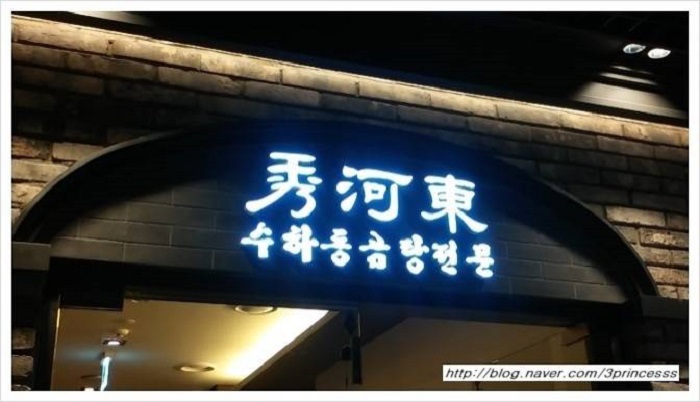
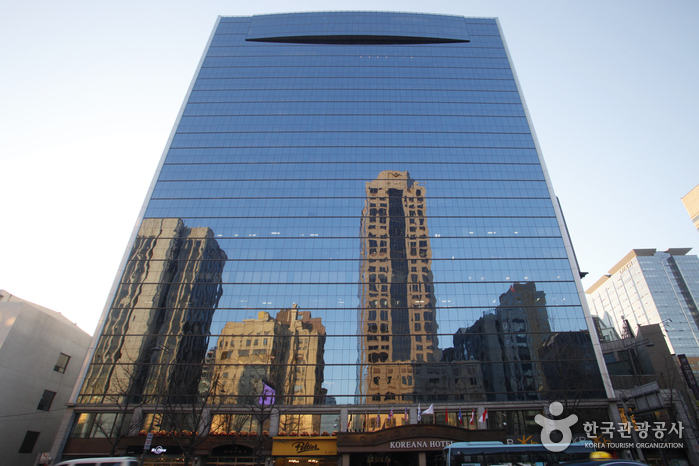
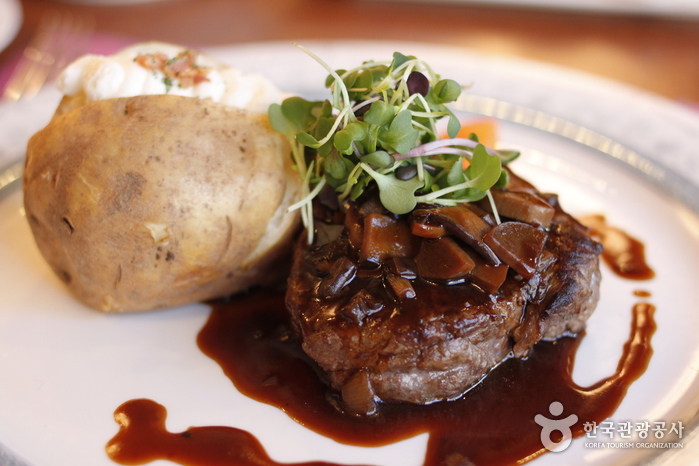
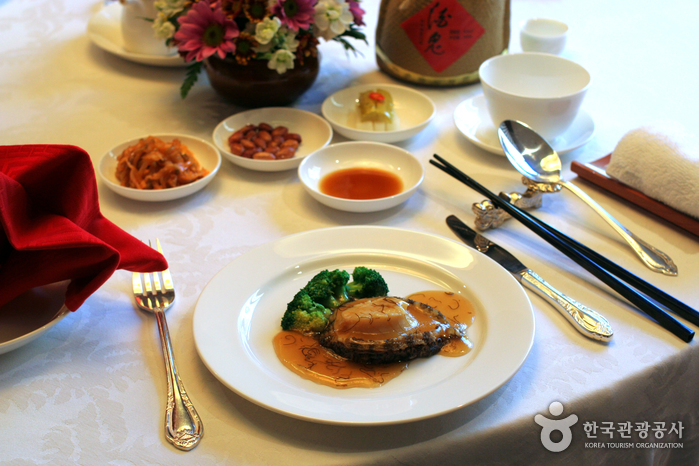
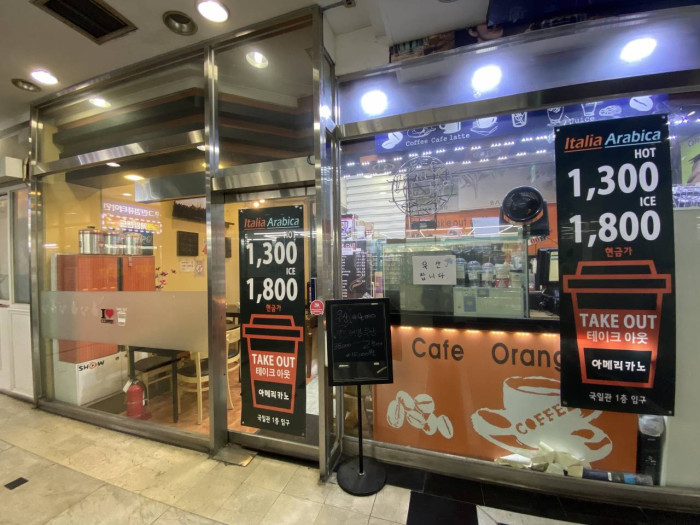

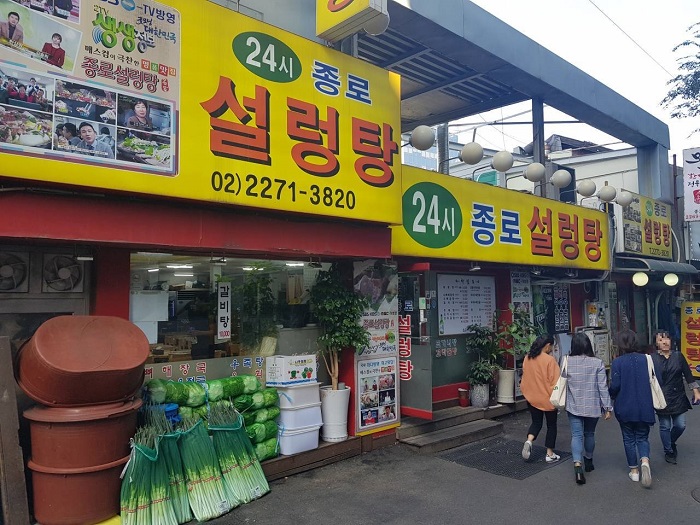
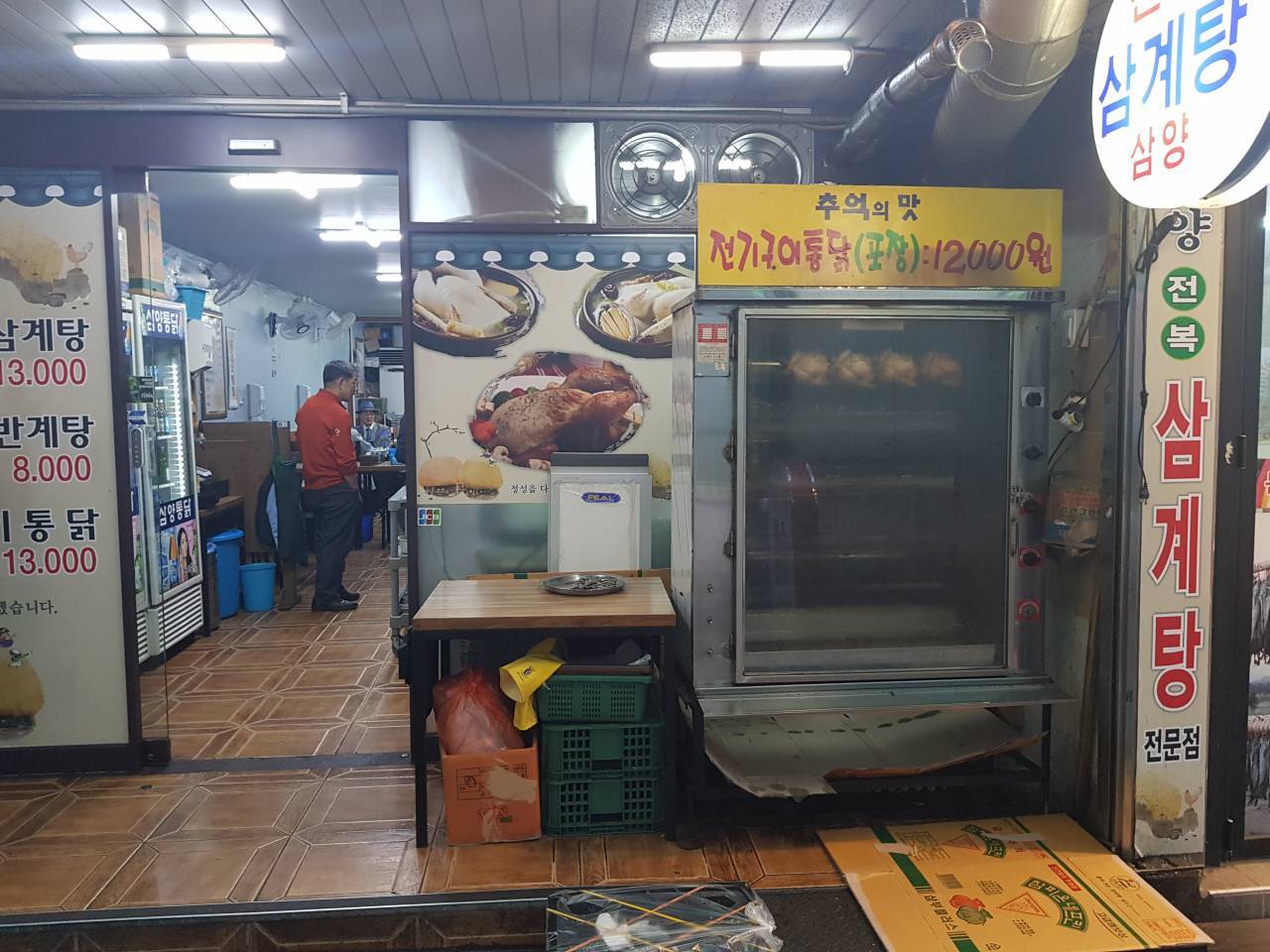
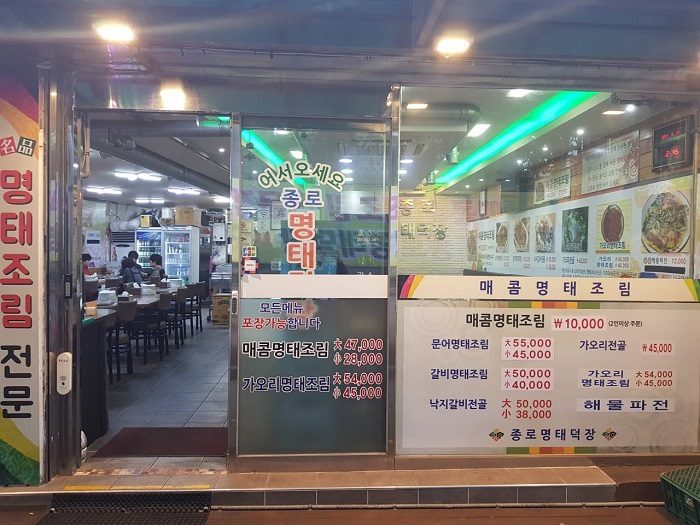

 Español
Español
 한국어
한국어 English
English 日本語
日本語 中文(简体)
中文(简体) Deutsch
Deutsch Français
Français Русский
Русский